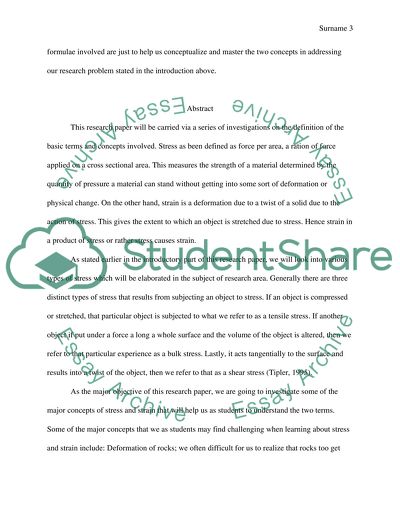Cite this document
(“Stress and Strain Physics Coursework Example | Topics and Well Written Essays - 2000 words”, n.d.)
Retrieved from https://studentshare.org/physics/1447512-stress-and-strain
Retrieved from https://studentshare.org/physics/1447512-stress-and-strain
(Stress and Strain Physics Coursework Example | Topics and Well Written Essays - 2000 Words)
https://studentshare.org/physics/1447512-stress-and-strain.
https://studentshare.org/physics/1447512-stress-and-strain.
“Stress and Strain Physics Coursework Example | Topics and Well Written Essays - 2000 Words”, n.d. https://studentshare.org/physics/1447512-stress-and-strain.


